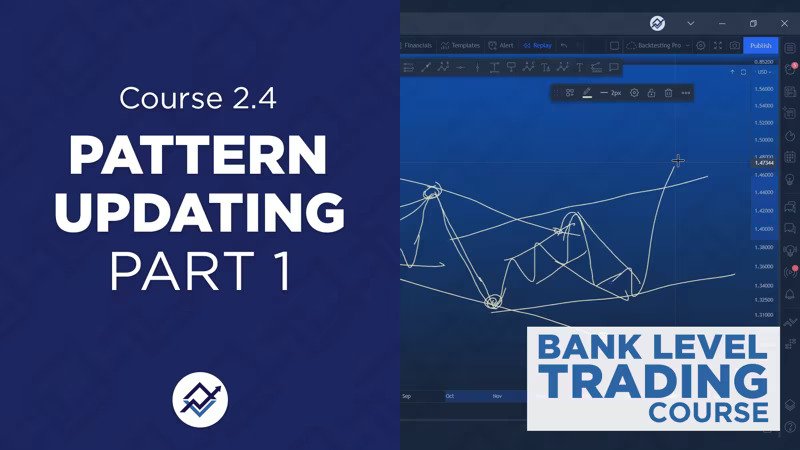Introduction
Swing trading is a strategy focused on capitalizing on short- to medium-term price movements. This guide aims to delve deeply into swing trading strategies, addressing a plethora of commonly asked questions, from the basics to advanced tactics.
Best Strategies for Swing Trading
- Price Action Strategy: This involves analyzing the movement of security prices to make trading decisions. The best price action strategy for swing trading often combines trend analysis with candlestick patterns.
- Most Successful Strategy: Many traders find success with trend following and breakout strategies, as they align with the natural ebb and flow of market movements.
- The 1% Rule: This rule suggests never risking more than 1% of your total trading capital on a single trade, which helps in managing risk effectively.
- Golden Rule of Swing Trading: Always have a solid exit strategy. Knowing when to cut losses or take profits is crucial.
- Simplistic Strategy: For beginners, a simple moving average crossover strategy can be an effective entry point into swing trading.
Swing Trading Insights and Tips
- Can You Become a Millionaire?: While possible, becoming a millionaire through swing trading requires significant skill, patience, and often an initial substantial capital base.
- Realistic Profits: Returns vary greatly, but realistic profit expectations should be based on market conditions and individual trading strategies.
- Secret of Swing Trading: Consistency and discipline in following a well-researched trading plan is the key to success in swing trading.
- Timeframes for Swing Trading: Typically, the daily and weekly charts are most effective for swing traders.
- Living Off Swing Trading: Making a living through swing trading is possible, but it’s not guaranteed and comes with substantial risks.
- Capital Requirements: Unlike day trading, there is no legal minimum capital requirement of $25k for swing trading.
Common Challenges and Solutions
- Common Mistakes: Overtrading and not adhering to a trading plan are common pitfalls in swing trading.
- Holding Periods: The ideal holding period varies based on strategy and market conditions. It can range from a few days to several weeks.
- 5-Minute Price Action Strategy: This involves quick decision-making based on price movements and patterns observed on a 5-minute chart, often used for more active trading styles.
Advanced Swing Trading Concepts
- 1-2-3 Trading Method: This is a classic pattern trading strategy that looks for specific chart patterns, labeled as point 1, 2, and 3, to identify potential trade opportunities.
- Expertise Development: Becoming an expert in swing trading requires continuous learning, experience, and adapting to changing market conditions.
- Market Performance: Swing traders can potentially beat the market, but this requires skill, discipline, and a deep understanding of market dynamics.
- Trading Rules and Strategies: The “20-second rule” or the “first 15 minutes trading strategy” are examples of specific tactics traders may use, emphasizing quick decision-making based on market opening trends.
Conclusion
Swing trading offers a flexible approach to trading, suitable for those with patience and a willingness to study the markets. While it presents opportunities for profit, it also comes with inherent risks and challenges. Understanding these elements, along with the strategies and principles of swing trading, is essential for anyone looking to navigate this trading style successfully.





